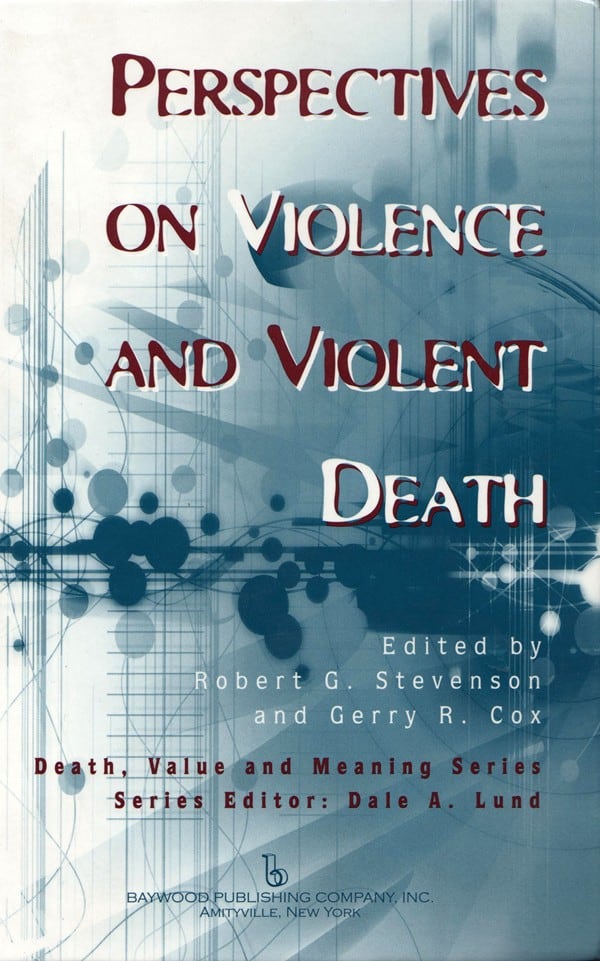King Gee recently released a range of work clothing that is manufactured using a technique that reduces the wearer’s body odour. A sample was sent to SafetyAtWorkBlog unrequested. For those tradespeople with a body odour issue, the clothing may be a godsend, maybe more so for the people they have to work with. The new clothing has received at least one media mention.
The issue that has stopped me from wearing the sample shirt is that the “odour-killing” properties are due to a process of:
“…. engineering molecules at the nanoscale …[that] transforms the very fibers of the fabric to provide unsurpassed odour elimination.”
Nanotechnology is a recent technology that is being applied widely but without a detailed consideration of the possible health effects to the user, the environment and to those who manufacture nano-materials. Continue reading “Okay, I don’t smell but am I safe?”

